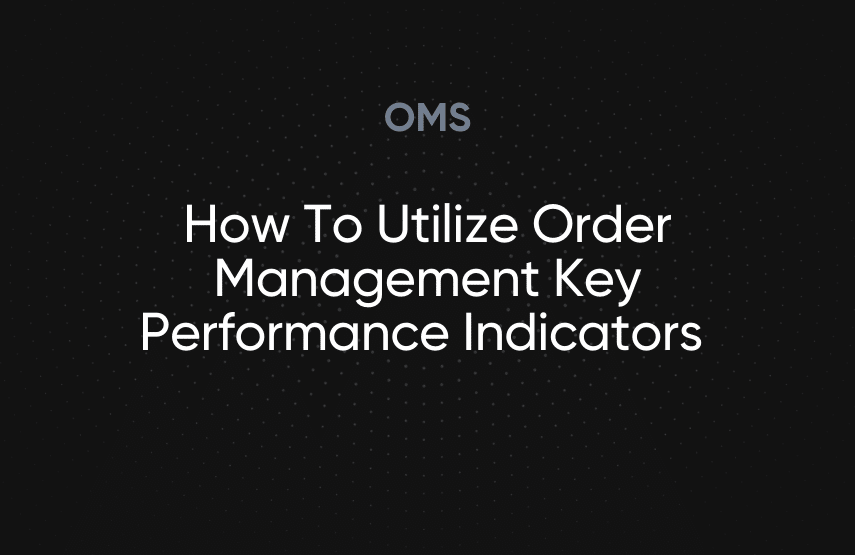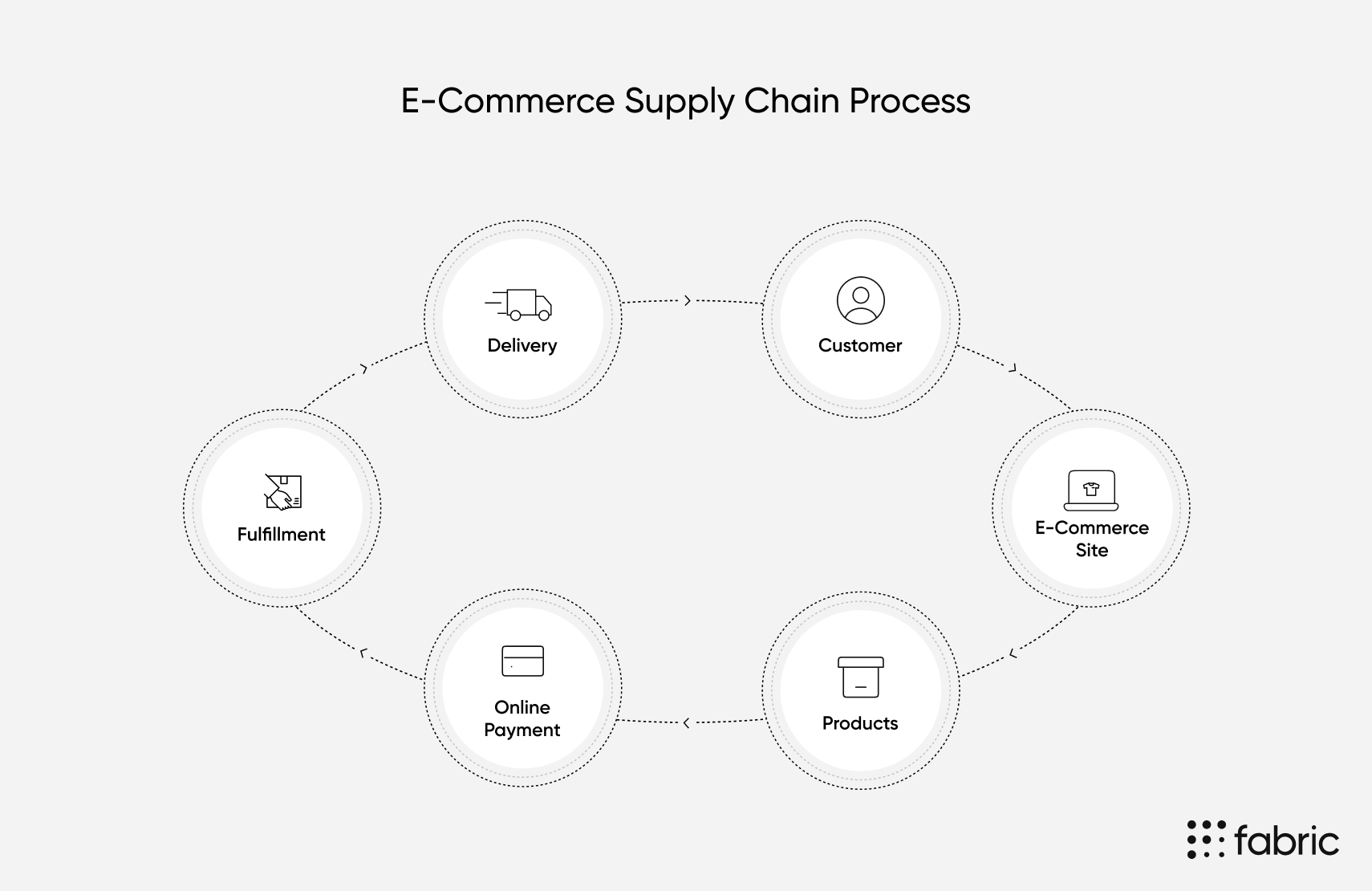How To Utilize Order Management Key Performance Indicators

Order management KPIs help e-commerce brands gather insights on each stage’s operations and workflows in their supply chain.
Order management key performance indicators can be tracked manually with Excel or automated with a dashboard software such as OMS.
The top order management KPIs to measure include average order processing time, rate of return, time-to-process-refund, perfect order rate, trips per order, and shipping cost per order.
fabric OMS gives a centralized interface to automatically track relevant metrics, reducing human errors while increasing customer satisfaction.
Order management key performance indicators (KPIs) are used to track and analyze the success of the order management process. Monitoring them lets e-commerce brands compare their order fulfillment process against past performances and competitors. Furthermore, businesses can better understand their customers and strategize new approaches to increase customer satisfaction.
[toc-embed headline=”Order Management KPIs Overview”]
Order Management KPIs Overview
The order management process begins when customers order an item and ends once they receive their package. The steps in between include sourcing goods from suppliers, storing goods in the warehouse, reaching out to third-party logistics providers, and shipping items to customers’ locations.

For successful order fulfillment, companies must understand where data and metrics can provide insights on the operations and workflows of each of these stages. These metrics, also called KPIs, help to identify drawbacks and optimize each process. With the right set of metrics, e-commerce brands can:
- Gather valuable insights about operations
- Understand customers better
- Implement strategies that positively impact their bottom line
94% of consumers blame retailers for poor delivery. In addition, customers return one in five products bought online. These statistics emphasize the importance of optimizing pre-purchase and post-purchase experiences to gain repeat buyers and brand evangelists.
To ensure this, e-commerce retailers use KPIs in their order management process to track the performance of customer order processing, from inventory management to customer returns. Retailers can manually track order management KPIs using Excel or automate them with inventory and order management software. Measuring these KPIs is what differentiates a brand from its competitors.
[toc-embed headline=”Top Order Management KPIs to Measure”]
Top Order Management KPIs to Measure
There are several metrics that e-commerce retailers use to analyze and optimize their order fulfillment process. Let’s discuss the most important metrics to consider:
Average order processing time
Order processing time is the period between when a customer places an order to when a retailer delivers the order. Depending on the nature of the business, retailers will have different levels of control over the processing time.
For instance, businesses that leverage dropshipping have control over suppliers and how quickly customers place orders. While slower processing time leads to unmet expectations, faster processing times move inventory quicker, improve the fulfillment process, and ultimately lead to higher customer satisfaction.
The best way to ensure faster fulfillment times is to automate order processing with an order management system (OMS). OMS lets you communicate with key players in your supply chain quickly and more efficiently.
Rate of return
The rate of return is the percentage of items shipped that customers return to your e-commerce store. Buyers return one out of five online retail orders, so it’s essential to track this KPI. The rate of return is measured by dividing the total number of return orders by the number of fulfilled orders.
Inaccurate order processing, improper packaging, broken or missing products on transit, long delivery times, and lower quality of merchandise are some issues retailers can address to reduce the rate of return. Doing so can limit negative reviews, save expenses, and improve customer satisfaction.
Time-to-process-refund
Time-to-process-refund (TTPR) is the time it takes to refund the customer after they return an item. 72% of customers expect a refund credit within five days. Also, 79% are not willing to purchase from an e-commerce store that charges return policy fees.
It is thus essential to have a best-in-class e-commerce return policy that lets customers receive their funds right away. To measure these metrics, retailers can leverage AI to track individual customers and put more robust policies against customers with a history of abuse.
Perfect order rate
The perfect order rate measures how many orders a business processes without incident or errors. To calculate this, divide the number of errors per order by the total number of orders. Every retailer should achieve a high perfect order rate (at least 90%), indicating efficiency and higher customer satisfaction. Conversely, experiencing less than 90% suggests it’s time to review the supply chain and optimize each process.
Trips per order
The number of trips it takes to fulfill an order can positively or negatively impact the overall revenue. Therefore, it’s essential to measure these metrics so a business can analyze its financial goals and how it’s moving towards them.
Shipping cost per order
Shipping cost per order is one of the top KPIs that an order management specialist or merchant must track because it helps to know the amount of money you are spending to deliver each package to customers. To calculate the shipping cost per order, divide the total shipping cost by the total number of successful deliveries over a certain period.
[toc-embed headline=”Improve Order Management KPIs with OMS”]
Improve Order Management KPIs with OMS
With so many moving parts, it isn’t easy to track these KPIs across channels manually. But with an order management system, retailers can automate the process and have more time to focus on creating a seamless customer experience.
An OMS gives you a global view of the entire order fulfillment process, making it easier to access key players in the supply chain and deliver orders at the appropriate time. Doing this helps to improve metrics results and win more loyal customers.

Tech advocate and writer @ fabric.